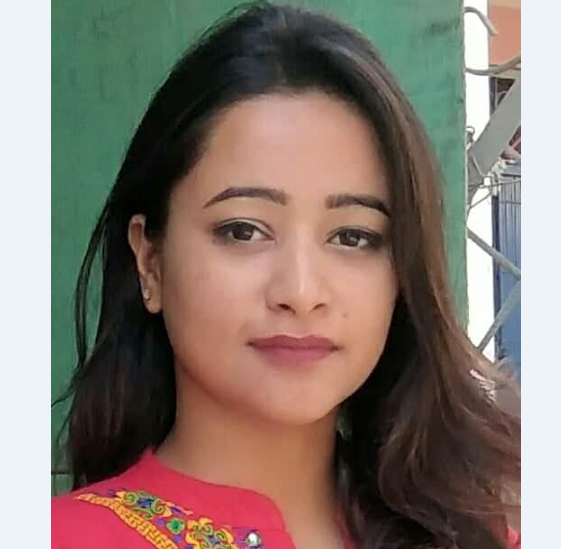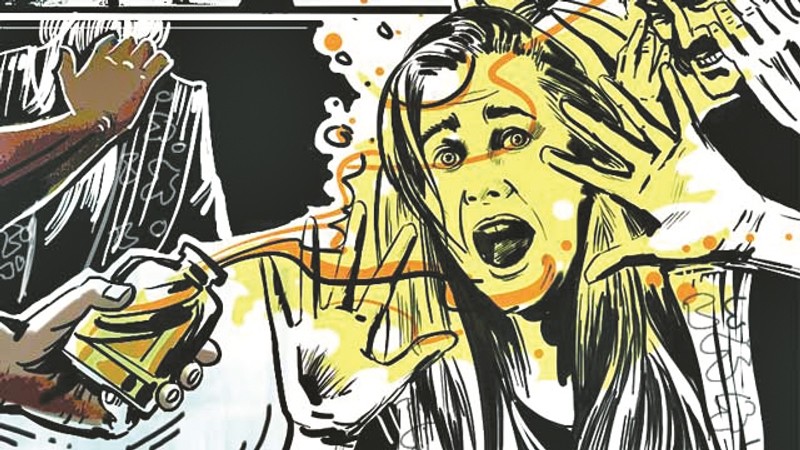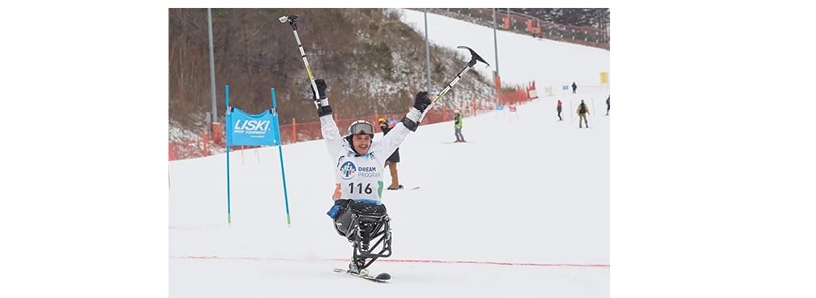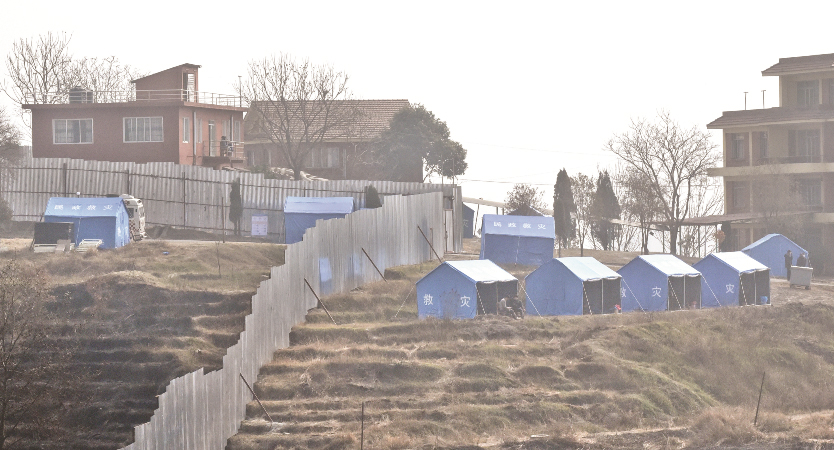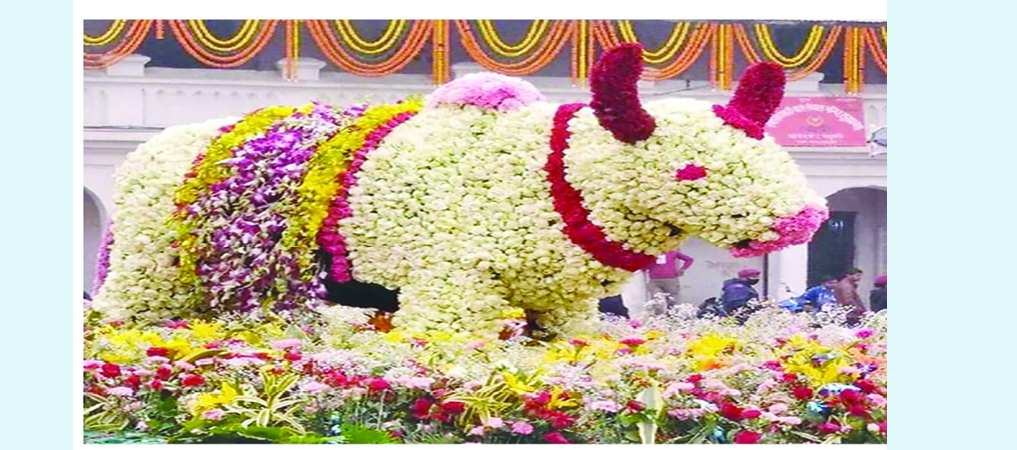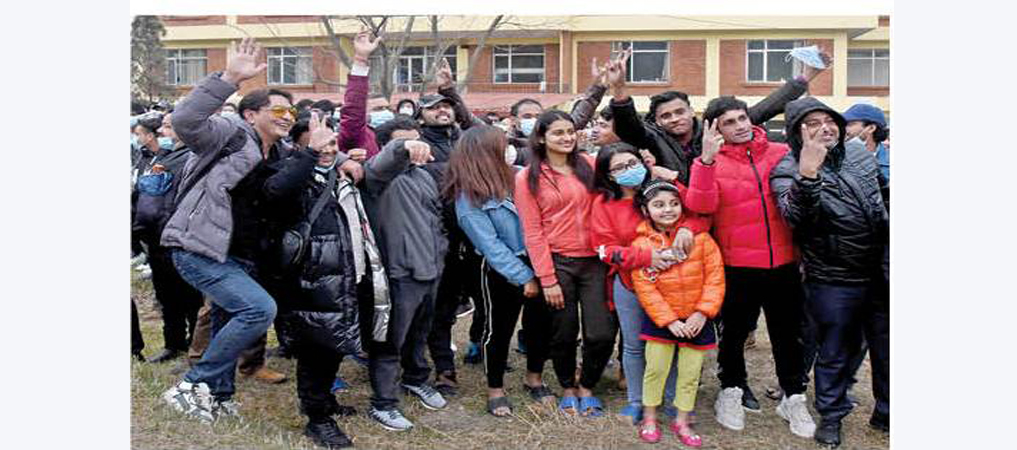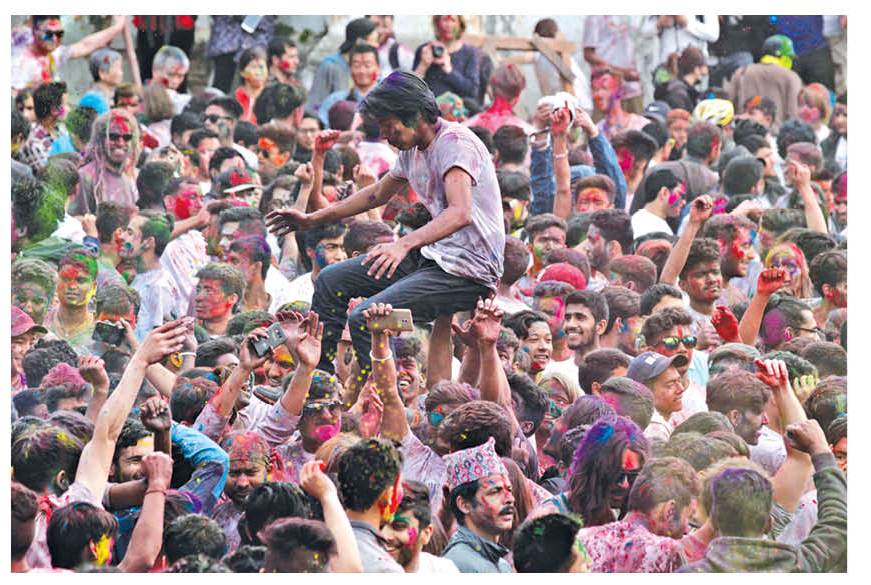Sohra Shraddha, occasion to pay tribute to forefathers
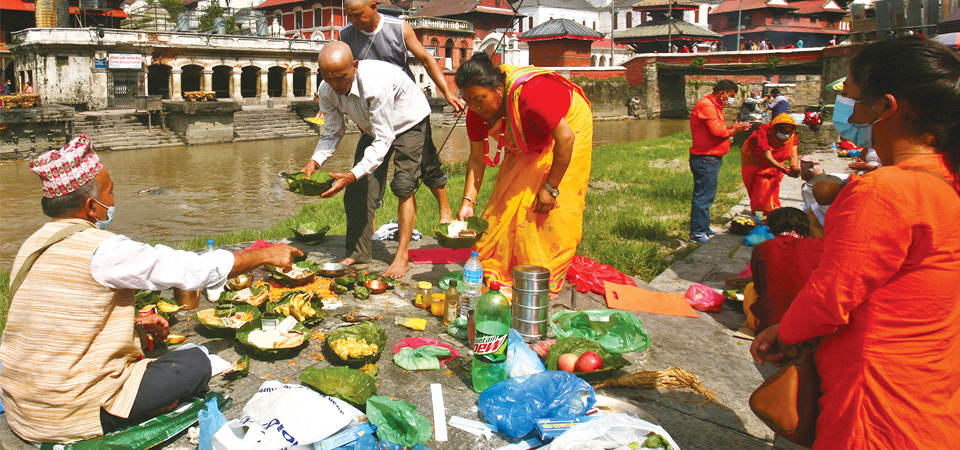
By Sampada A. Khatiwada
Kathmandu, Sept. 25: Pushkal Dahal, 63, from Basundhara is busy these days as he has been performing Sohra Shraddha for the devotees.
On Thursday itself, Dahal performed three Shraddhas at three different places.
Signaling the arrival of Dashain festival, Sohra Shraddha began from Tuesday, September 21. The 16-day lunar period, known as Sohra Shraddha, is an occasion to pay homage to the departed forefathers.
Along with Dahal, Brahmin priests across the nation are busy these days performing Sohra Shraddha for the devotees.
In Sohra Shraddha, also known as Pitri Paksha, it is believed that ancestors come and live in the homes of their descendants, said Dahal, adding, “Thus, offerings made to the priests by performing Shraddha are believed to reach the Pitri Lok where the forefathers are residing.”
The Sohra Shraddha falls before Dashain, and the people offer sincere tributes to their departed forefathers by performing Shraddha as if they were seeking permission to mark the festival. Not only before Dashain, but also on other occasions when the people prepare to organise big rituals like marriage or Upanayan of their wards, a Mahayagya and even Bastu Pooja of their newly built house, they perform Shraddha one or two days before performing the actual rituals.
“This is one of the good aspects of our culture, where the forefathers are always remembered and worshipped before doing anything important work,” said Bishnu Parashar, another priest. “Of course, we are here now because of our forefathers.”
“During the lunar period, male members of the family perform Shraddha on a particular day depending upon the Tithi (date) in traditional Hindu calendar, on which their father or grandfather had died,” said Dahal.
Dahal added that according to the Hindu mythology, when Karna died in the Mahabharat battle, his soul reached heaven where he was offered jewels instead of food. “When Karna asked king of heaven Indra for food, Indra said that throughout his life, Karna had only donated gold and never a single grain of food to his ancestors,” said Dahal.
He added, “Lord Indra then sent Karna back to earth for 16 days to perform Shradhha and donate food to pay homage to his ancestors. Since then, the 16-day period has been marked as Sohra Shraddha.”
Similarly, culture expert Kamal Rijal said, “The Sohra Shraddha is performed with a belief that the predecessors must donate food (pinda daan) to their ancestors when the sun reaches Kanya Rashi.” Rijal, former Chief Editor of the Gorkhapatra, said that various types of Shradhha rituals were in practice in Hindu culture.
“However, Nepali households mostly practise four types of Shraddhas. One is Ekoddristha Shraddha which is performed once a year individually for each ancestor,” he said.
“The second one is Mahalaya Shraddha, aka Sohra Shraddha which is performed in a detailed way by duly following all the rituals during the 16-day lunar period. The third one is Ekparban Shraddha done for the family members who died during the 16-day lunar period and the last one is Tirtha Shraddha performed during religious tours,” Rijal added.
He said that of all the Shraddhas, Pitri Paksha is the longest as it is performed at once for all the deceased family members by duly following the rituals.
Moreover, thanks to the coronavirus pandemic, the culture and traditions have also gone digital for priest Ram Hari Bhattarai, 59.
“Last year, I performed Sohra Shraddha via zoom calls as the risk of COVID-19 had intensified. This year, some devotees decided to give continuity to digital Shraddhas,” said Bhattarai.
He added that this way, he could perform more Shraddha rituals by staying in one place. “This is much easier for me and the devotees. I have also been performing rituals for Nepalis living overseas with the help of technology. After all, our traditions should bend as per the need of current scenario,” said Bhattarai.
Recent News

Do not make expressions casting dout on election: EC
14 Apr, 2022
CM Bhatta says may New Year 2079 BS inspire positive thinking
14 Apr, 2022
Three new cases, 44 recoveries in 24 hours
14 Apr, 2022
689 climbers of 84 teams so far acquire permits for climbing various peaks this spring season
14 Apr, 2022
How the rising cost of living crisis is impacting Nepal
14 Apr, 2022
US military confirms an interstellar meteor collided with Earth
14 Apr, 2022
Valneva Covid vaccine approved for use in UK
14 Apr, 2022
Chair Prachanda highlights need of unity among Maoist, Communist forces
14 Apr, 2022
Ranbir Kapoor and Alia Bhatt: Bollywood toasts star couple on wedding
14 Apr, 2022
President Bhandari confers decorations (Photo Feature)
14 Apr, 2022
